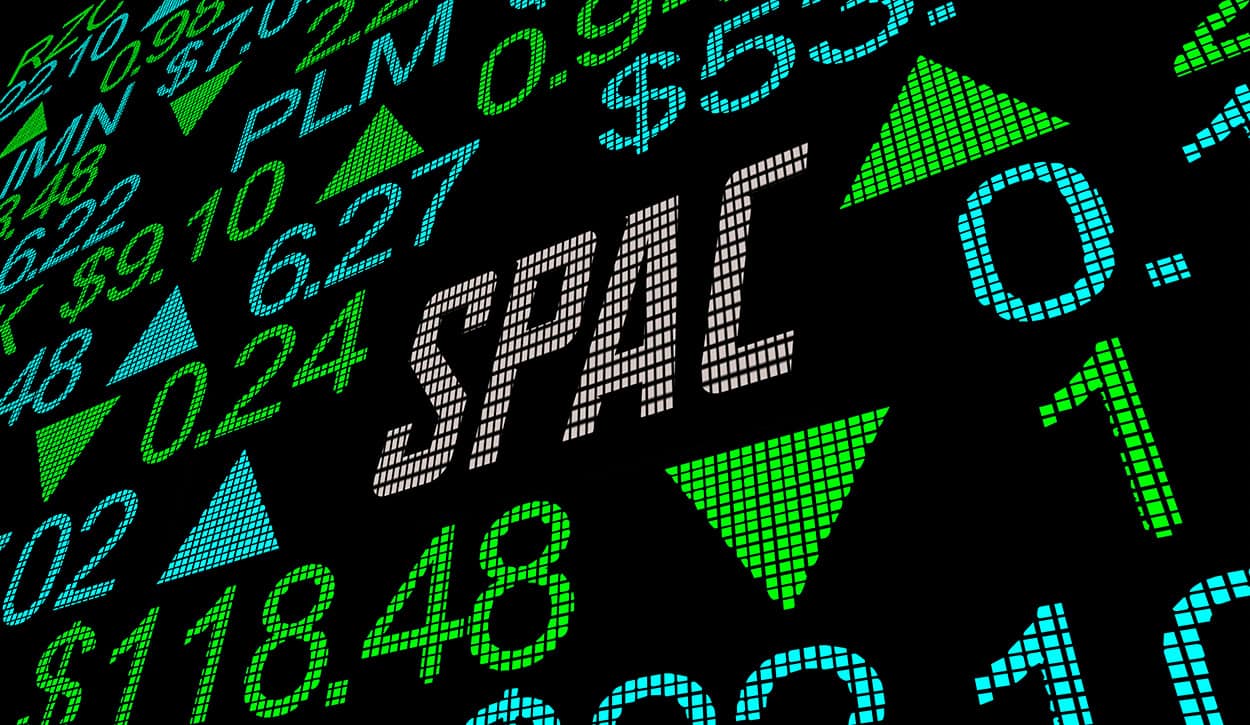Is the SPAC back? Maybe, a little.
As a group, special purpose acquisition companies have crashed and burned spectacularly. Some 860 SPACs raised money from investors in the frenzied years 2020–2021, according to corporate advisor Kroll. Less than 100 survived.
Most SPACs simply folded and returned cash to investors without ever making an acquisition. Those that closed a deal often paid way too much, or at least passed the companies along to public markets at inflated valuations. Shares in electric vehicle maker Lucid Motors, whose $4.4 billion “merger” with Churchill Capital Corp. was one of the biggest deals of the go-go period, have declined 85% since debuting on Nasdaq in 2021.
Yet Churchill—captained by ex-Citigroup banker Michael Klein—is back in the game, raising $288 million for its ninth SPAC in May. Some SPAC deals have paid off. Fantasy sports network DraftKings—which floated on Nasdaq through a merger with Diamond Eagle Acquisitions in 2020—has doubled in value.
There’s reason to hope for more DraftKings and fewer Lucid Motors going forward, says Joe Voboril, chief financial officer of Colombier Acquisition Corp., which lately raised $170 million for its second SPAC. The legions of rock musicians, athletes and other amateurs who jumped into SPACs four years ago are gone. “You saw a lot of money and a lot of investors who didn’t know what they were doing,” he notes, understatedly.
The surviving pros, like Churchill, have reined in their ambitions and will watch their investors’ dollars more carefully. Higher interest rates have cut the global total of initial public offerings nearly in half since 2021, reducing targets’ leverage on valuation. “Private companies are being told they’re worth $700 million, not $5 billion,” Voboril says.
For companies still looking to go public, a SPAC can offer some advantages over an IPO, says Don Duffy, president of ICR, a New York-based company that advises on both types of transactions. SPAC sponsors raise their own money on markets, promising to invest it in one or more targets within a fixed term. The target agrees to “merge” with the SPAC, taking its cash in exchange for an agreed slice of equity, generally a minority stake that keeps incumbent management in place. Once the merger is complete, the company is “de-SPACed,” launched on a stock market under its own ticker.
A big plus for the target in this process is knowing exactly how much money it will raise, rather than the range of outcomes that can result from an IPO, Duffy says.
SPAC targets can float shares on their own schedule, not an investment bank’s. Companies defining a new category, like DraftKings, may struggle to interest traditional underwriters. “IPOs tend to work well where there is a very obvious peer group, and companies have patience to work through the investment banking cycle,” he says.
While SPACs are concentrated in North America, they have caught on in one emerging market: South Korea. Sponsors there listed 36 new SPACs last year, compared to 58 in the US and Canada, according to Kroll. The next runner-up, the UK, had four.
Korean SPACs perform better as “aligned” sponsors are less likely to pump and dump the target’s stock, according to academic research led by Woojin Kim of Seoul National University. “We find a relatively low redemption rate and positive average buy-and-hold returns in Korean post-merger SPAC targets,” Kim and colleagues write.
Back in their North American homeland, SPACs are right-sizing after a period of wild excess. Duffy says markets can productively absorb 50-80 new funds a year, targeting companies with market caps below $1 billion.
Still, sponsors have some work to do convincing investors this time is different. “Institutions are not stumbling over themselves to buy SPAC deals,” Duffy says. “The jury is still out.”
